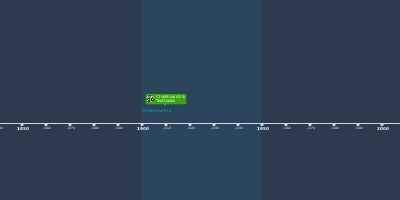1 jan 1950 ano - Television
Descrição:
Film and television were introduced with considerable excitement about the learning and teaching possibilities. It was thought that each would open up the classroom to the rest of the world and revolutionise education. Yet, despite this hype all three were used in a limited way in teaching and learning. This difference between expectations of technology use and actual use was a result of tensions between educational policy and popular opinion, and realities of the classroom, teaching and learning (Howard & Mozejko, 2015).All three technologies 'delivered knowledge' to students, through visual and audio channels. It was thought that they could easily be integrated with existing traditional textbooks and written tasks. The combination of media, particularly in television, was thought to be 'the closest thing to real experiences' (King, 1954, cited in Selwyn, 2011, p. 20) and an efficient mechanism through which the classroom could be expanded (p. 373). This was the beginning of the use of visual aids and visualisation of instruction (Howard & Mozejko, 2015).
The expected revolutions did not occur. For all three technologies, relatively low adoption was seen in schools. The tools were expensive, logistically difficult to set up and organise in the classroom, and teachers did not feel confident using them. More importantly, while educational materials were created for use with these technologies, much of the popularly available content was not relevant in education (Howard & Mozejko, 2015).
Adicionado na linha do tempo:
Data:
1 jan 1950 ano
Agora
~ 75 years ago
